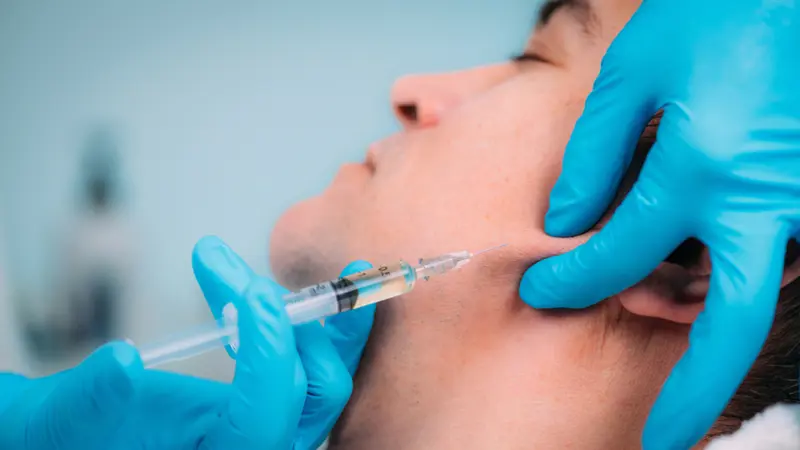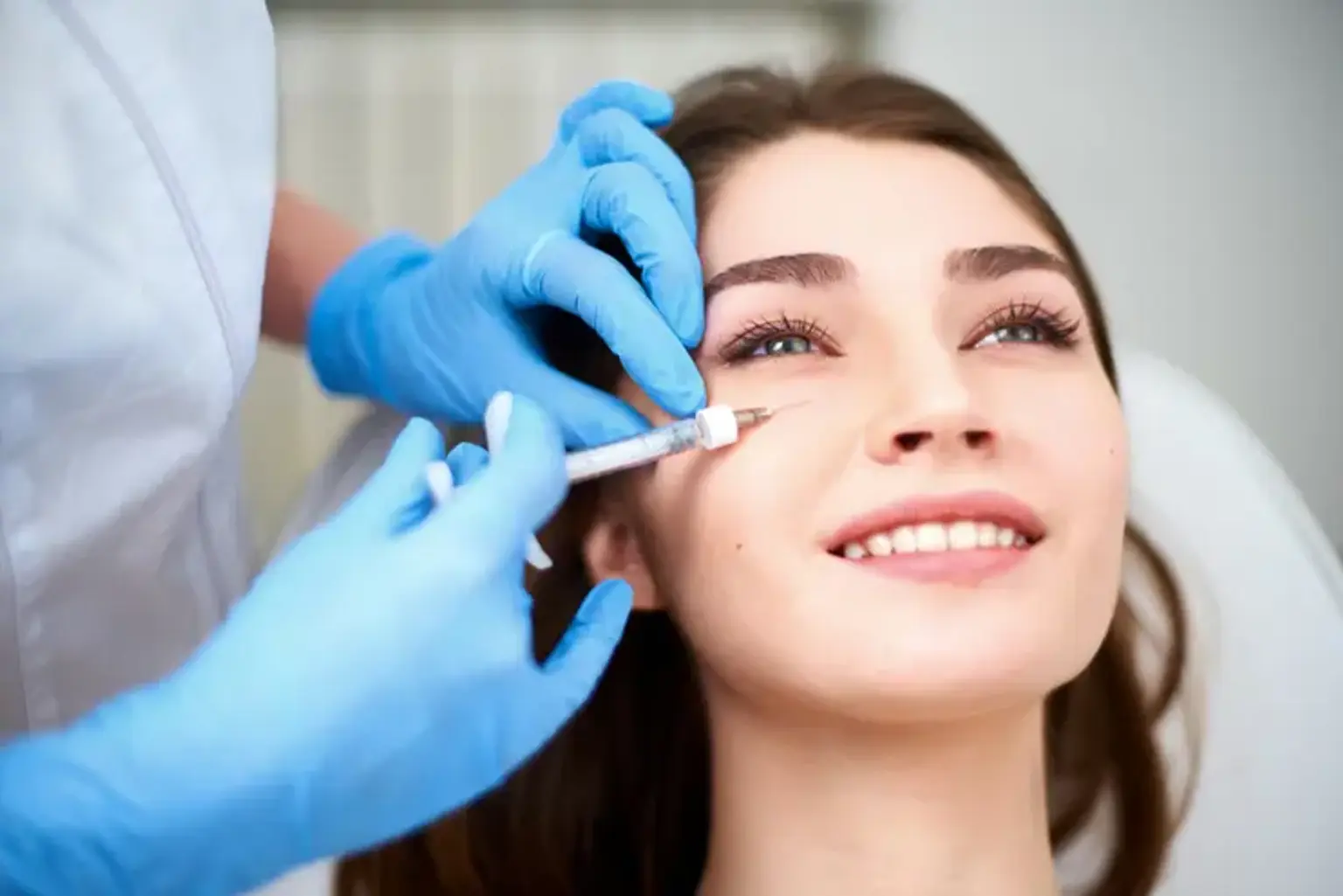What Are Dermal Fillers?
Dermal fillers are non-surgical cosmetic treatments designed to restore volume, smooth wrinkles, and enhance facial contours. Typically injected into areas like the face, lips, and under the eyes, they help reduce the visible effects of aging. As one of the most popular aesthetic procedures worldwide, dermal fillers offer an effective solution for those looking to rejuvenate their appearance without the need for invasive surgery.
The procedure is quick, relatively painless, and requires minimal downtime, which has contributed to its surge in popularity. With dermal fillers, patients can see immediate improvements in skin texture and volume, making them an attractive option for those wanting a refreshed, youthful look.
Understanding the Types of Dermal Fillers
There are several types of dermal fillers, each formulated to treat specific concerns. The most common include:

Hyaluronic Acid Fillers: These are the most widely used and are made of a substance naturally found in the skin. Hyaluronic acid helps retain moisture, plump the skin, and restore volume. Popular brands include Juvederm and Restylane.
Calcium Hydroxylapatite: This type of filler is used to treat deeper lines and restore facial volume. It stimulates collagen production and provides long-lasting results. Radiesse is a well-known brand that uses this ingredient.
Poly-L-lactic Acid: Known for its ability to boost collagen production, this filler is commonly used to restore lost volume in the cheeks or face. Sculptra is the most recognized brand for this type.
Each filler type has its own unique properties, making them suitable for different facial areas and aesthetic goals.

